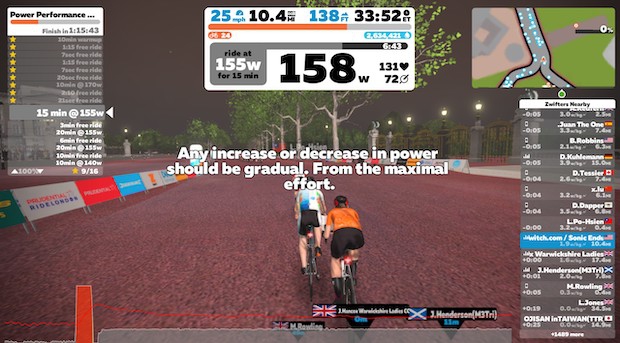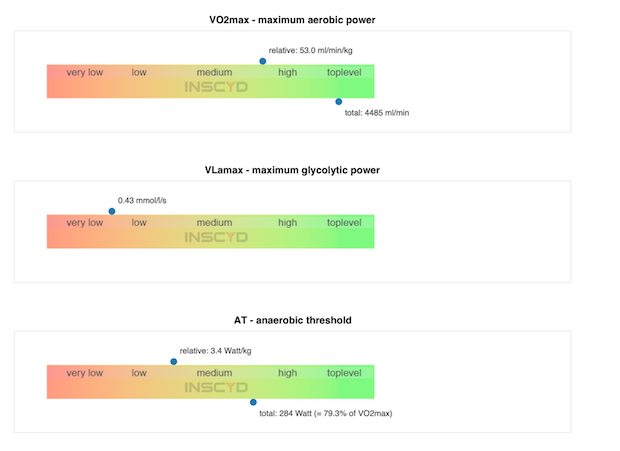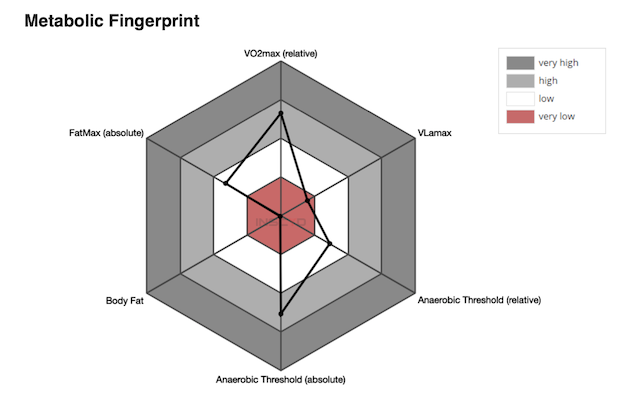INSCYD My Numbers: The INSCYD Testing Protocol
Over the course of the past few months, we've been bringing you some video content from INSCYD about training methodology, as well as what certain key performance indicators actually mean. We've been building up a bit to talk about what INSCYD actually does, and how it relates to you and your training.
Editor's Note: INSCYD offered to put me through the testing protocol and provide results to me for the purposes of this article. Otherwise, this experience is much like you would expect as an athlete going through the protocol and being presented your results.
A little bit on my athletic background: I did a whole lot of nothing for most of my youth. It wasn't until college that I found running, which turned into triathlon during law school. I've been racing triathlon since 2011, to mediocre to FOMOP (front of the middle of the pack) results. My PRs aren't anything to write home about, and I'm batting .250 when it comes to my IRONMAN finish to start average. I took last year's cyclocross "beer and donuts" season a little too seriously, took some time off, and continued with beer and donuts. Zwift racing helped fill a void, and as I've written elsewhere, this summer was all about creating your own finish lines.
In other words, I'm a decent cyclist in OKish shape heading into the testing protocol.
There's a few ways for you to perform the INSCYD test protocol. I chose the option that I thought most Slowtwitchers would take, or be recommended to take by their coach: on Zwift. There's also two different versions of the test: a shorter version, and a longer version. I, being a glutton for punishment, naturally went with the longer version of the test.

Be forewarned: the test is long. We're talking almost two hours long. Now, that's not necessarily a bad thing; it's a lot of recovery between the test efforts, and I felt like it gave appropriate time to be able to give the maximal effort during the course of each testing session. On Zwift, the majority of the workout is done in ERG mode — but each testing session swaps over to free riding, which allows you to control your preferred cadence for a specific power interval. The exception to that is early on when performing the seated sprints; no gear changes are permitted.
There are four total test intervals, increasing in length throughout the test. Each is supposed to be performed at as maximal of an effort as possible, and importantly, they must be performed while seated. No standing for sprints, or for trying to push power numbers up late in the last minute. You get to sit, grind, and grit your way through the effort until you get to the end. I personally did not have trouble with this, as none of the intervals were incredibly long. But this is a test protocol that will very quickly inform you if you have a contact point issue with your bike.

After the test is complete, INSCYD calculates a fair bit about you and your athletic profile. Above you can see some of the numbers that came out of my particular test session. By pairing up your HR, power, and body composition data, they're able to extrapolate some key metrics and help determine your strengths and weaknesses as a particular athlete.
To be honest, I was slightly surprised by the results. I had a general inkling that as an athlete that I was OK at shorter efforts, but was able to hold onto them for more intermediate results. Per the testing, I'm better at short bike efforts than I probably gave myself credit for, and slightly worse at intermediate to longer efforts than I thought. (This probably tracks pretty well with that .250 batting average I mentioned above, as I may or may not have an Icarus problem.)

You can see that slightly better in the graphic above. I was also initially skeptical of the FTP calculation of 281 watts; I had felt like this was probably a touch low. But given some time, and some additional training since then, this calculation was probably right on the money at the time of the test.
As both an athlete and as a coach, I can really see the value of something like this, particularly if you're starting a new coaching relationship with an athlete. I think the returns start to diminish a little bit if you have more intimate knowledge of both yourself as an athlete, or of your athletes as a coach. That being said, even as an experienced athlete and coach, I was surprised at the information able to be gleaned in this protocol.
You can schedule a demo of the analyzation software here.

